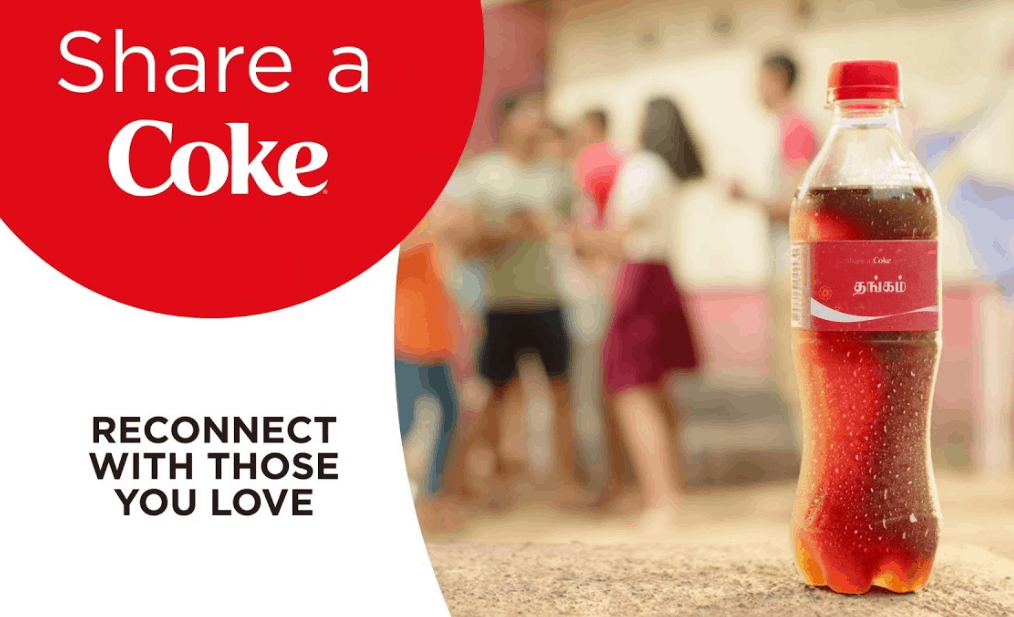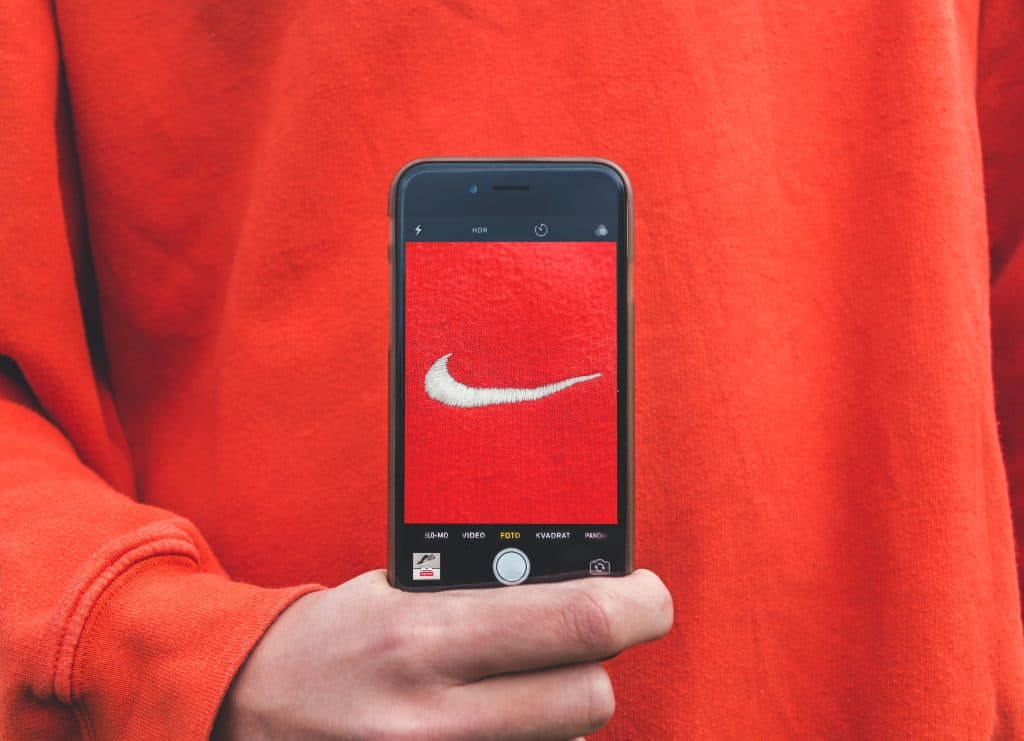A brand is a person’s gut feeling about a product, service or organization.
-Marty Neumeier
It is no exaggeration to say that Consumerism has managed to swallow the humankind. Thanks to loud branding and the competition at its disposal, companies, brand development consultancy, and brands keep looking for ways and means to slap brand bites into the faces of their target audience. Giving it all to their brand names, logos, brand images, over-the-top promotion campaigns, influencer gimmicks, branding somehow managed to be all about staying in the spotlight.
Every #brand wants to make it large and, in the process, leave an impact on their #customer segment for good. Click To TweetThey are killing it with all the brainstorming and the tedious marketing strategies; inbound marketing, blog setup, website management, churning out content 24*7, video content, influencer marketing, hardcore branding campaigns, SEO warfares, digital marketing, social media promotion, consumer-steered marketing, marketing partnerships, and whatnot. All this has only lead us all to the saturation point. TBH, it’s time for companies to REBRAND, and by that, we mean, DE-BRAND.
What is Debranding?
Have you ever paid enough attention to Coca-Cola’s ‘Share-a-Coke’ campaign? Doesn’t it seem inconvenient and unusual for a mammoth brand like Coca Cola to take away their obvious brand packaging to another level and keep a ‘name’ very prominent on their beverage bottle?
Well, that’s the best debranding campaign ever!
In an attempt to make the brand more and more personal and approachable, and with taglines that say ‘Reconnect with those you Love,’ Coca-Cola in 2014 managed to swap out its iconic logo on 20-ounce bottles, with 250 of the most popular American names. The campaign spawned over the other countries and was a tremendous success, all because an average customer was happy and encouraged to get Coca Cola bottles with their names or the names of their loved ones. This was a personal feeling, and they were happy to oblige by tweeting about their experiences, using the hashtag #ShareaCoke all over the social platforms.
Debranding, in essence, is all about doing a brand doing things that make it look less like a corporate brand but an entity that cares about its audience and wants to put the customer on the most important end.
To break it clearly, debranding by brands is about:
- Less corporate and more personal
- Zero advertising
- People first
- Authenticity
- Brands caring about people
- Real people and real tones of voice
Further, in the vertical of debranding, companies now don’t want to stand out with their logos or brand images. They are following the ‘normalcy’ standards and approaching the process in the ‘minimalist’ way. By doing so, they are strengthening their brand image in the minds of the people. Isn’t debranding ironic?
When a company is willing to pursue ‘Debranding,’ they might want to start it in a more straightforward and subtle tone. First, it is important to come across as a mind-provoking brand where it’s the ‘People and product first.’ They are starting by putting forward what they stand for. Or at least, have the consumer think so. Their interest in making a sale has to take a back seat (which is obviously not real), but the customer must get to know that the brand is human, and it genuinely cares about its audience. Life long relationships, eh?
With debranding, companies are also willing to break it to their customers how their products are being made. As long as the brand has a quality to offer, the purpose of debranding is served. With brands like ‘Nike’, imagery/symbols like the “swoosh” have proven it enough to make the brand recognizable.
In an attempt to debrand, companies and brands have started to put their ‘story’ at the center of their universe and make sure that their audience relates well. It is now about emphasizing how a brand’s product is such a normal daily part of the consumer’s life cycle that it practically is a thing that remains with the family even as the generations come and go.
When pursuing debranding, brands are willing to do one or all of the below:
- Get rid of their entire logo
- Remove the brand name from the logo but keep the symbols
- Wordless Logo i.e., generic visuals to help the audience relate with
To boost your debranding efforts, consider using a modern logo that perfectly illustrates who you are as a business. These days, there are platforms offering a wide range of customizable logos that can elevate your business image. Look at their design collection to explore the possibilities.
Ideals behind the vertical of ‘Debranding’
- A consumer-conscious brand has to approach ‘Maturity’ by conveying its values and the way their product offering transforms lives. Before you debrand, make sure that your business has a positive and mature outlook. Transparency is a must.
- Creating awareness around the product through blog and social media is also an ideal offering of the entire ‘debranding’ approach.
- Being adaptable is the key. Flexible brands make the cut when it comes to their customer credibility. Having a logo that can easily transform to meet changes is yet another extension of this move.
- Emotionally connect with the audience is the prime offering of this entire debranding exercise; real and simple brands are consumer favorites.
However, cases around debranding have also put forward the following scenarios and conditions that make sure that Debranding becomes a success and not a disaster:
- Debrand in a manner that customers are still able to know it is you.
- Being transparent does not mean complete disclosure
- Emotions of the customer are high-priority
- Environmental and social considerations always come with the platter.
- Debranding does not have to mean overhauling your existing strategy.
Making the debranding process successful instead of it becoming a potential disaster entails considering several critical factors. You can mitigate risks and maximize benefits by approaching the process strategically and thoughtfully. Above all, conducting comprehensive research and analysis is crucial before embarking on debranding initiatives.
Take the time to truly understand your target audience, their preferences, and how they perceive your existing brand. This knowledge will be a solid foundation for making informed decisions.
Next, carefully define your goals and objectives for debranding. Are you aiming to reposition your brand, attract a new audience, or update your brand’s image to align with current market trends? It’s crucial to express your goals clearly. Doing so provides a reliable compass for decision-making and ensures that all modifications remain in line with the desired outcome.
Taking a strategic and cautious approach and involving your stakeholders throughout the process can increase the chances of a successful debranding. Remember that this journey necessitates meticulous planning, effective communication, and continuous evaluation to achieve a positive outcome.
The bottom line of Debranding
When we say that the future of rebranding is Debranding, always remember that the future is ‘Now’; it is happening. Getting rid of the noise is helping businesses and brands help their audience listen better. Senseless and over-the-top advertising has become a bore and creating an abyss with the new age customer. So, it is fair to take a step back and not keep shouting into the conscience of your customers, let them have their peace of mind, and think and choose.
Debranding is kind branding. Remember, it’s time for the product to do the talking and the conceptual value of it to take the crown.



